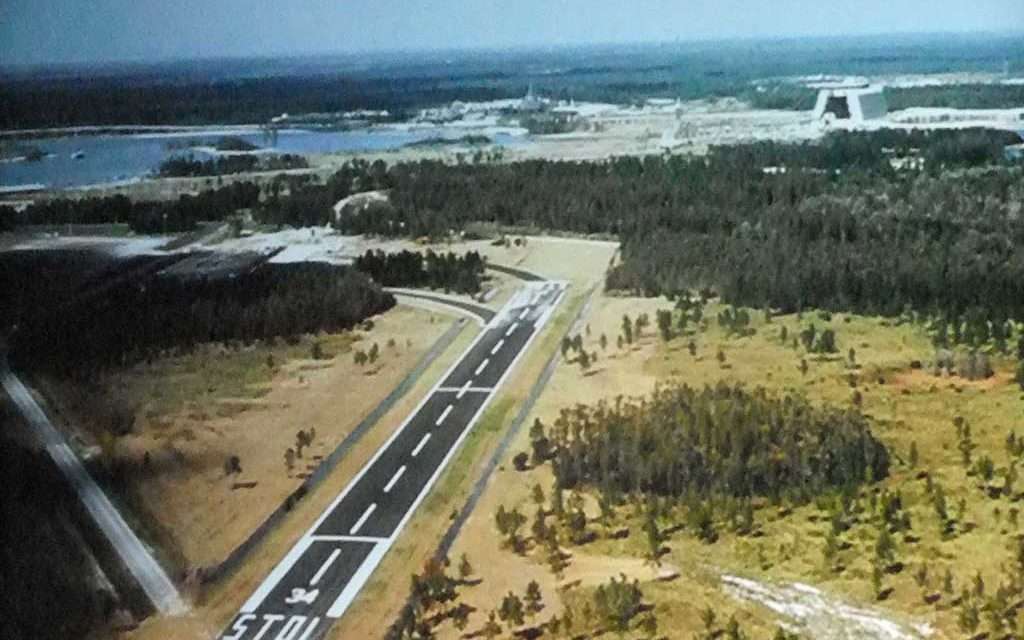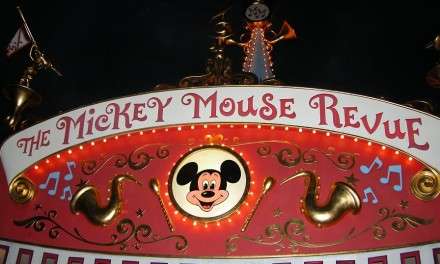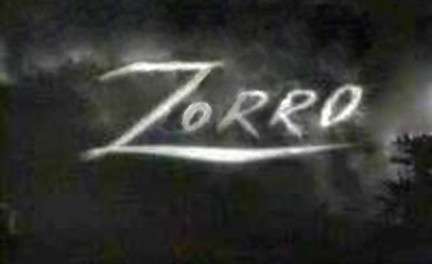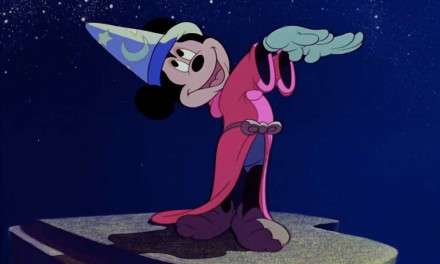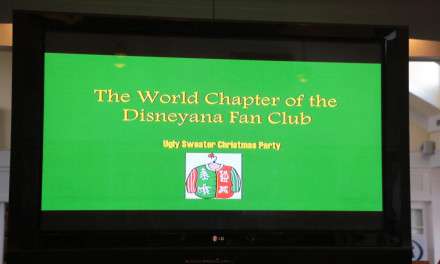Ever since Walt’s dream park Disneyland, bowed on July 17th, 1955, it and all of its future siblings worldwide have been described by fans as “Magical”, “Wondrous”, “Dream Destination” and countless other adjectives. But I’ll wager not many folks would describe these theme parks as “Efficient” And in the business world, this is perhaps the most important attribute a company can have; without it, no matter what the product, the high probability of failure is likely. Ever since young Walt and Ub Iwerks joined together to form a short-lived company, “Iwerks-Disney Commercial Artists” in 1920, they were in business to make money, as is the Walt Disney company today. Conceivably the one area of efficiency that Disney excels at is in transportation. Any guest at the resort can go anywhere without the need for personal transportation. Disney has busses, the monorail, watercraft, trams, taxis and soon again, a new skyway system to move guests quickly and comfortably where ever they want to go!
But did you know that in the early days of the Walt Disney World resort, guests could actually fly right into the Magic Kingdom resort on Disney’s own private STOL (Short takeoff?? and Landing) field, located just south of the Contemporary resort? As a private pilot myself, when I first researched this, I was totally intrigued, imagine flying your own plane right into the Magic Kingdom. But this was a short-lived endeavor, but the idea behind the concept was brilliant!
Long before WDW was built, Walt Disney, when describing his ideas for his “EPCOT”, he had planned to construct an “Airport of the Future” to sit adjacent to the entrance of EPCOT. Due to Walt’s untimely passing, he never saw his vision, but the Imagineers and brass decided during the construction of the Magic Kingdom, a major airport on the property was a brilliant idea, and here is the story of that idea, and how it was eventually abandoned.
At the time, the only major airports near the Disney property was the McCoy Jetport, the predecessor of the Orlando International Airport. In fact, the FAA designation of Orlando’s International Airport “MCO” is a holdover from the McCoy’s Jetport, MCO, what was a military field that civilians were allowed to land at. Because the Jetport was small and had limited capacity, guests also had to fly in from Tampa International Airport (TPA) and travel to the Magic Kingdom. With limitations in mind, the Walt Disney company’s original plan was to construct an “Airport of the Future” on the property with three parallel runways, this airport was to be on the property now occupied by the City of Celebration. This would be a huge “boon”, because there was an expectation of huge crowds of guests from around the country and the world, descending on Walt Disney World, and having a modern airport to accommodate the influx of guests expected right on the property would make the resort even more inviting.
At the completion of Walt Disney Worlds new airport, the Imagineers believed that over 400 people would be employed there, and at the finish of full build-out of the Florida project in 1991, Disney envisioned that over 2000 people would be employed by the airport. And with over 500 motel units planned, there would be enough space for guests flying in and out of the Orlando area.
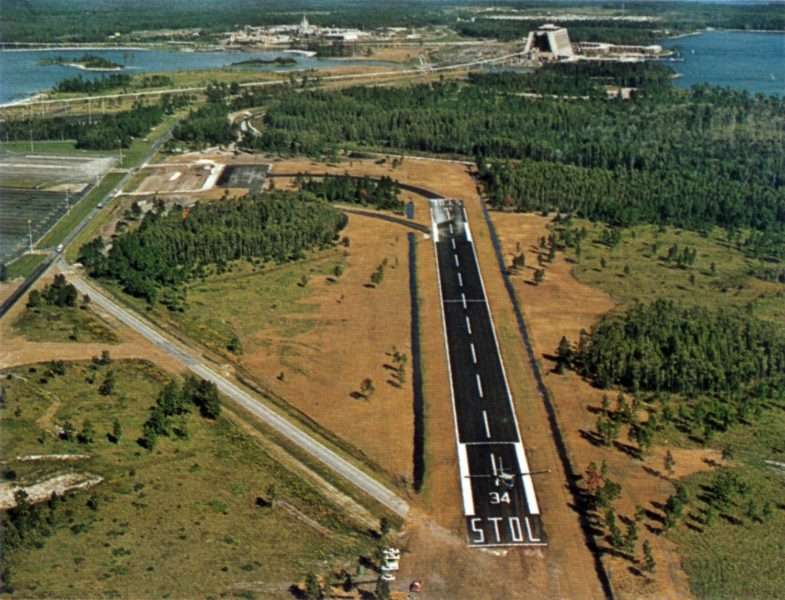
So before this Airport of the Future could be built, Disney decided in late 1969-70 to construct a small STOL filed as a proof of concept for investors, this short, small field with a 2000-foot runway running southeast to northwest opened on October 17th, 1971. Officials at the dedication ceremony on October 22nd, along with executives from several airlines and local and state politicians, awarded the Walt Disney Company with STOLport license number one; the United States first STOL port. This airport was only a temporary landing site until the main airport could be built. It could only accommodate four planes at a time, had no hanger space. It was to be utilized by people flying in from the bigger airports, utilizing a fleet of small STOL aircraft, that could land on the short runway, with a passenger capacity between 19 and 35 people. There were never any plans for expansion because, after all, this was meant as a temporary facility until the big international airport was built.
At the time, Disney had its own “Official Airline”, Eastern Airlines. They offered Disney “Themed” flights into McCoy Jetport and Tampa International. But to transports guests from these jetports, Disney and Eastern partnered up with a small commuter airline named Shawnee Airlines. During its heyday, Shawnee serviced 14 Florida cities on a daily basis. They utilized smaller, STOL aircraft, notably the de Havilland Canada DHC-6 Twin Otter Aircraft. The company used other STOL aircraft, but the Otters were used solely to take tourists to Disney’s STOLport. This service is noted in the “Air Commuter Service” section of the 1972 Eastern Air Lines timetable as a connecting flight to and from Eastern flights between Orland and Tampa. At the time, Shawnee had nine daily flights from McCoy Jetport to the Magic Kingdom’s Lake Buena Vista STOLport (Or sometimes denoted as the Walt Disney World Airport or by its designation “DWS”, Disney World STOLport, in its initial days). After arrival at Disney’s airfield, you were only 3 to 4 minutes from the Walt Disney hotels, theme park, and the golf resort. And it only cost $7.00 per person. Passengers on Eastern could make an instant connection for the short flight (15 mins) to Disney’s STOL field.
Here is an excerpt from a travel brochure from November 7th, 1971… “Shawnee Airlines…. your magic carpet into Walt Disney World” “A day, a week… how long do you have for some family fun? Shawnee Airlines can fly you to the Vacation Kingdom where you’ll find miles of lakes and lagoons for swimming, skiing and boating, two championship golf courses and the Magic Kingdom Theme Park. There’s something for every member of the family… even if you only have one day. Numerous daily flights in and out of Walt Disney World’s STOLport can turn one day into a family vacation. Ask your travel agent or Shawnee Airlines about your magic carpet”.
The STOL field was not just used by guests, it was also utilized by VIP’s, corporate sponsors, Hollywood celebrities, and Disney executives. But despite the allure of landing directly on Disney property, Shawnees intrastate flight routes became so popular that major airlines cut prices and moved into Shawnee’s key markets…As a result, Shawnee shutdown on December 28th, 1972. This ended commercial air traffic to Disney’s STOL and it never restarted.
So why did Disney abandon the idea of a viable commercial airport on the property? There were a plethora of reasons, but the most concerning was the oil embargo of 1973. Disney was wary of an airport that large depending on foreign oil to operate, and Disney could never find a major airline carrier or carriers to commit to the airport and help in the finance. Disney finally aborted their and Walt’s idea of an international jetport, and Walt’s EPCOT city of the future and industrial park also hit the chopping block. And as we all know, EPCOT, the theme park, was built in its stead.
But many would say, why not utilize the small STOL field already in place? Many reasons, first were the strip was never large enough, the ramp space could only service four aircraft, no hangers were ever built. And when Shawnee folded, no other small regional carrier showed interest. Another factor was the insurance interests…What would happen if a small plane crashed, or went off course and struck Cinderella castle, or any other part of the Magic Kingdom? In addition, when the monorail extension to EPCO center was being constructed, the main beams were too close to the final approach from the southwest end of the runway. The thought of a plane hitting the monorail beam, especially with guests in the train was just too much of a liability. The Lake Buena Vista STOLport could not be safely operated.
In fact, when it was planned to place Walt’s private propjet (Mickey Mouse One) in then Disney-MGM’S boneyard, it had to land on World Drive and be towed in place. The STOLport could not be safely used. Another major reason for the field’s demise was that after 9/11, Disney property was designated a no-fly zone by the FAA, known as TFR 9/4985. Cinderella castle had the airspace protections as the White House. All passenger service was ended by the late 1080’s, and the 9/11 no-fly zone was the final nail in the coffin.
Today, the runway is used by Disney as a training area for bus drivers, temporary storage and overflow parking, and was even a staging area for the tracks of the Seven Dwarfs Mine Train. You can still see the runway, just off to the right through the trees after you’ve come through the Magic Kingdom’s toll plaza, and you can drive through the old runway, after making the right turn. Another bit of Disney magic, when the runway was constructed, Disney placed a set of rumble strips or grooves. When you drove over them at approximately 45 mpg, the grooves play the song, “When you Wish upon a Star”. The airport was given the moniker, “The Singing Airport”
This now unused STOLport is just another bit of interesting history of Disney’s past. Like many shows, attractions and parades, it just faded into the dim past, but the concept of landing right on Disney property, even today with Disney’s modern transport system, for me at least, is still a great idea!

